In my experience as a writer and as a History teacher, I’ve found that people as a whole seek comfort in tightly-packaged identities. We tend to prefer handy snippets of generalized information that helps us identify or understand something or someone. It’s kind of like coming up with a simple mathematical formula. Apple pie plus Fourth of July fireworks equals American. Baguettes plus the Eiffel Tower equals French. Tamales and flan plus family gatherings equals Hispanic. And thus, stereotypes are born.
The recent controversy surrounding DC Comics’ Hispanic Heritage Month variant covers shows how easily stereotypes such as these can be confused as legitimate sources of celebratory representation, especially if publishers and companies don’t put in the work to be aware of the images and ideas that fall under the category. In this case, the result was a series of illustrations that all featured DC’s Hispanic heroes either eating or serving Latin food.
The one cover that garnered the most attention was Jorge Molina’s Kyle Rayner offering for Titans United: Bloodpact #1, done as an homage to Mexican muralist Jorge Camarena and one of his most impressive pieces called La Patria. Molina’s original concept put Rayner front and center holding a Mexican flag as a number of Mexican national symbols trailed behind it on one hand while the other held his lantern. This cover stood out from the rest as it didn’t feature food as the leading voice for identity in its composition.
In what DC would later characterize as an announcement mix-up, the cover was officially revealed with a key change: the Hispanic Green Lantern had dropped the Lantern for a plastic bag of tamales (with the word itself printed on the bag). A few tamales were seen floating out of the bag given Rayner is in space. To make matters worse, the Mexican flag was changed for an all-green flag construct that read ‘VIVA MEXICO!!’ The phrase featured incorrect punctuation (an inverted exclamation point should’ve been added before VIVA and México was missing an accent on its second letter as is the rule in Spanish grammar).
The minute I saw it I was reminded of the proverb ‘the road to Hell is paved with good intentions.’ I didn’t consider the change malicious, but I did take it as a lazy and wholly misguided attempt at allyship. I don’t believe the covers are necessarily racist (as some people did in the comments sections for the original announcement and related posts), but they are intensely and overtly stereotypical. It doesn’t make it any less serious, though. Being stereotypical is bad enough.
I wanted to make an emphasis on my belief they’re not racist because I don’t believe they illicit a sense of discrimination on the basis of race. What they instead do is boil down a whole people into a generalized idea of their identity, and then they attempt to pass it onto the public as a genuine expression of respect and celebration aimed at Hispanic heritage. In essence, it turns Hispanic heritage into a monolith, something that happens way too often in pop culture to begin with.
It should be noted that the stereotypes here are in the design and concept of the covers themselves, not in their execution. The art itself is well done, colorful, and playful, showcasing each of the artists’ talents in regards to drawing popular superheroes.
It is striking, though, that the final cover selection process didn’t see a problem with the pattern that so clearly surfaces when taking the entire line as a whole. One features Bane eating flan, another features Hawkgirl serving plátano dishes at a corner food joint, while another example sees Renee Montoya standing in the middle of a Caribbean fruit vortex.
By focusing entirely on food, the covers fail to actually celebrate the complexity of Hispanic heritage. It tries to find a shared Hispanic trait so that it can serve as an umbrella that includes everyone in a safe and non-controversial way. It basically achieved the opposite, which is an unfortunate but common occurrence when it comes to Hispanic representation (the amount of comics, games, and movies that do this is massive and requires a separate piece to better explore, but think of Hispanic characters in movies such as Fast and the Furious, or works where a whole culture is the focus and is then reduced to a few general ideas as is the case in West Side Story).\
One of the reasons why something like this happens can be attributed to the very use of terms such as Hispanic, Latin American, and Latino/a/x to put everyone under one roof. Although there are some commonalities, the range of experiences in the American continent has created a very diverse set of identities that just can’t fit under a single term. Mexicans consider heritage differently than Argentinians, who in turn might not share as much as many may think with Cubans, who have a very different relationship with heritage than Puerto Ricans or people from the Dominican Republican do with their own, much less with how they fit in with an entire continent’s worth of communities.
Something very similar happens with the use of ‘Asian’ as an all-encompassing identifier for people of Chinese, Japanese, Korean, Vietnamese, or Pacific Islander heritage we’ve been taught to put under the classification (along with many others packed into the ‘Asian’ box).
Looking over the covers DC Comics ran with for Hispanic Heritage Month quite simply acted as another reminder that people prefer to cling to their simplistic and stereotypical identity packages. It was all too familiar. Perhaps they thought that looking into the cultural background of each character would’ve made for covers that were too culturally specific, that it would’ve made it difficult for absolutely every Hispanic reader to buy covers that didn’t feature their flags and their symbols.
I think all of this points to a resistance to go down the road of specificity, of giving each culture a chance to manifest itself without the weight of every Hispanic country on its back. This doesn’t mean you can’t celebrate the things different groups of people share, but it makes for a more genuine and binding commitment to representation. Had they taken this approach, they could’ve even squeezed a cover celebrating different food cultures without having it all be about that single thing.
Want to go safe and not get into specifics to avoid the problems DC created for themselves? Don’t go for the entire Hispanic world in just a few covers. Marvel’s Hispanic heritage month ‘Marvel Voices Comunidades’ variant covers, all beautifully illustrated by Leonardo Romero, dodged bad press by simply focusing on their Hispanic heroes in dynamic poses. Each one just spotlights the character they’re celebrating. No national symbols, no specifics. Does this solve the problem discussed above? No. It just avoids getting into the specific traits of the characters’ heritages and somewhat lessens the chances stereotypes pop up in the background.
Hispanic Heritage Month is about the history and culture that gets passed down from generation to generation. It’s about the drawing of a snaking line that tells a big and often unwieldy story for wider recognition. To think that food across all covers could capture that was nothing but naïve, short-sighted, and disingenuous. It’s surface-level representation. The way forward lies in simply putting in the work and digging deeper into the very things we hope to celebrate, to account for diverse identities. Also, maybe having someone from another department come in and see if tamales, tacos, and papayas aren’t the only things spread out across all the covers could’ve helped.


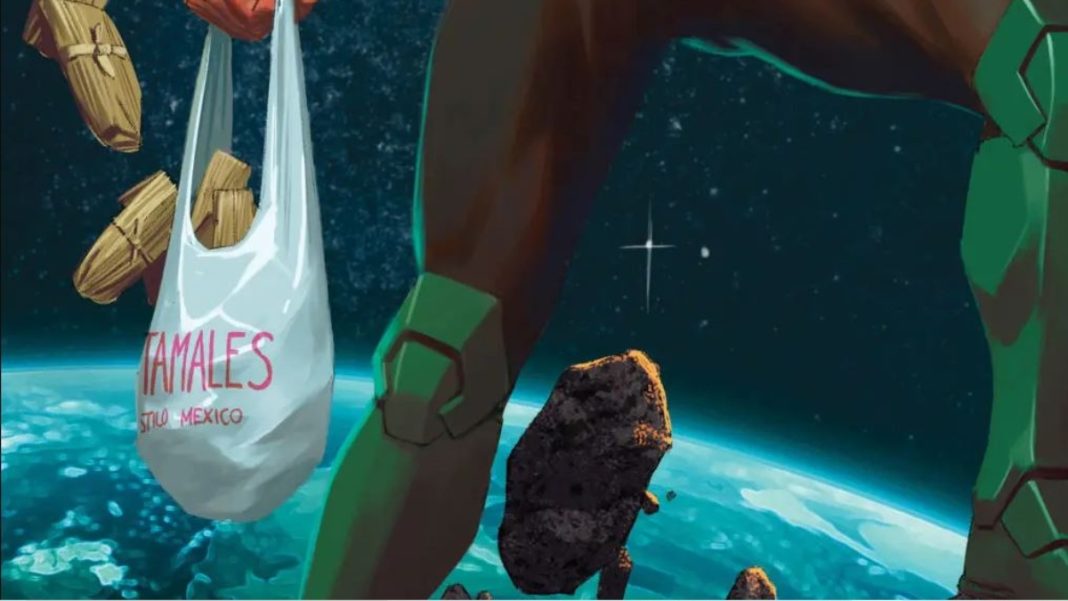
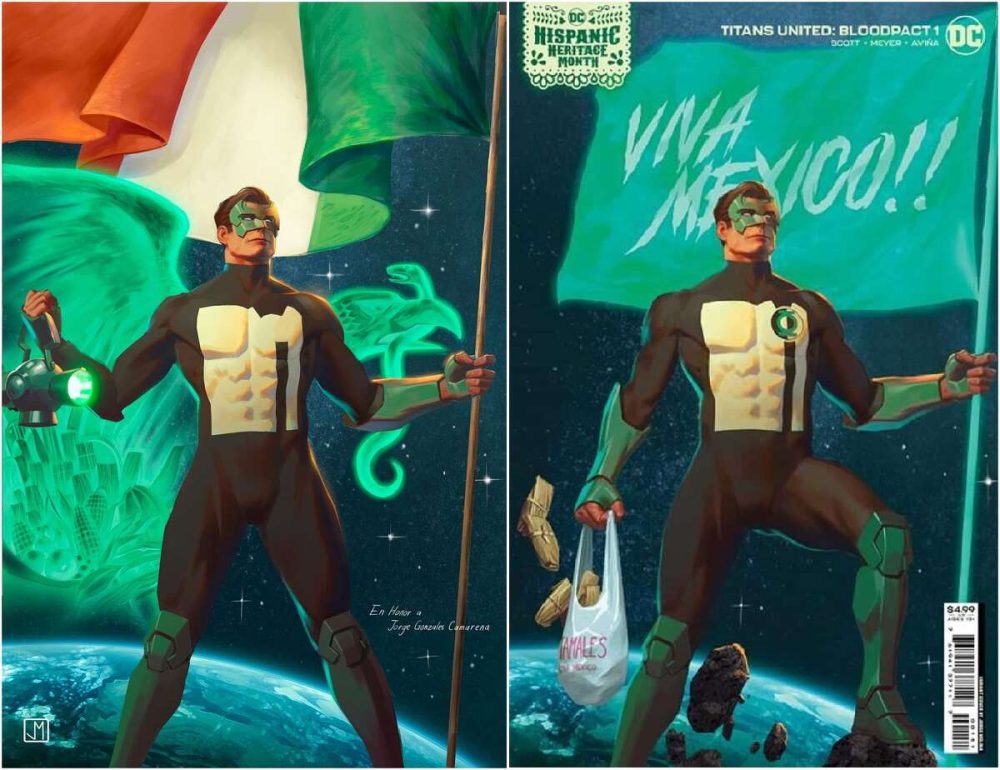
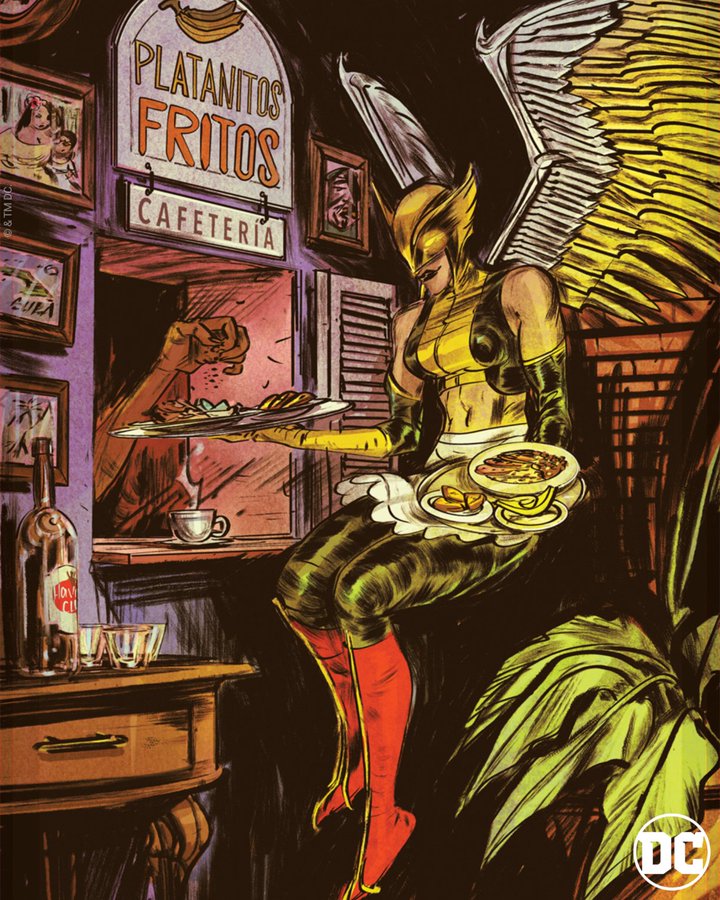
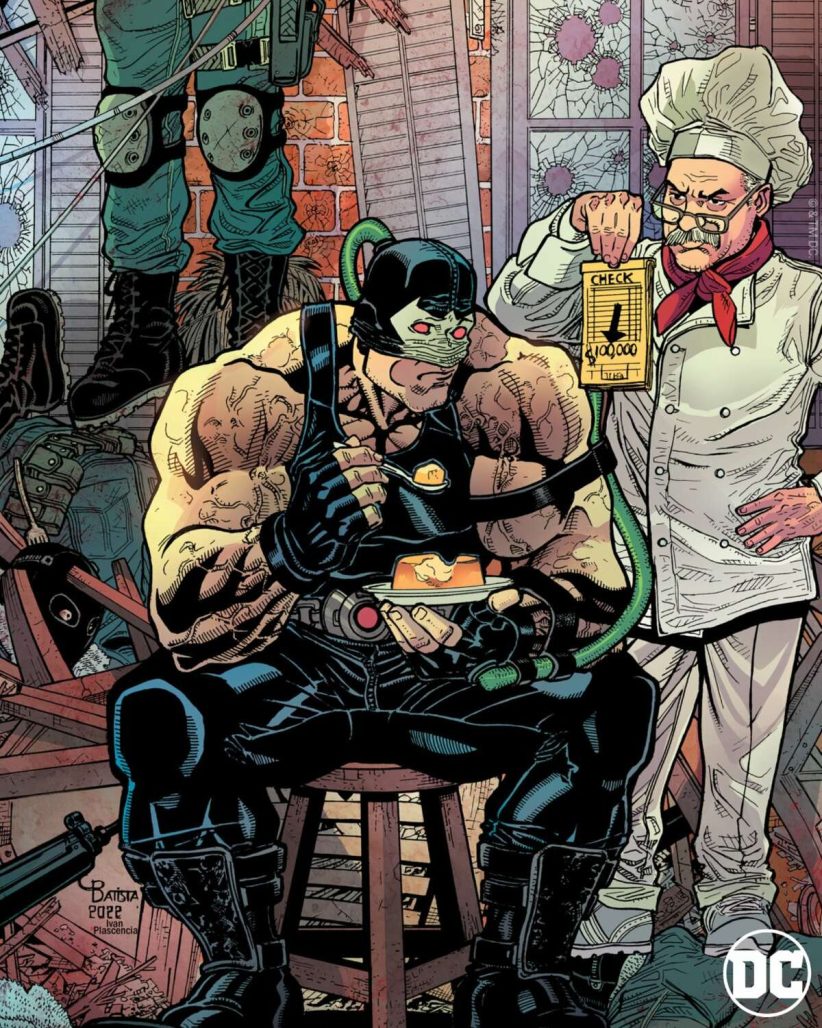
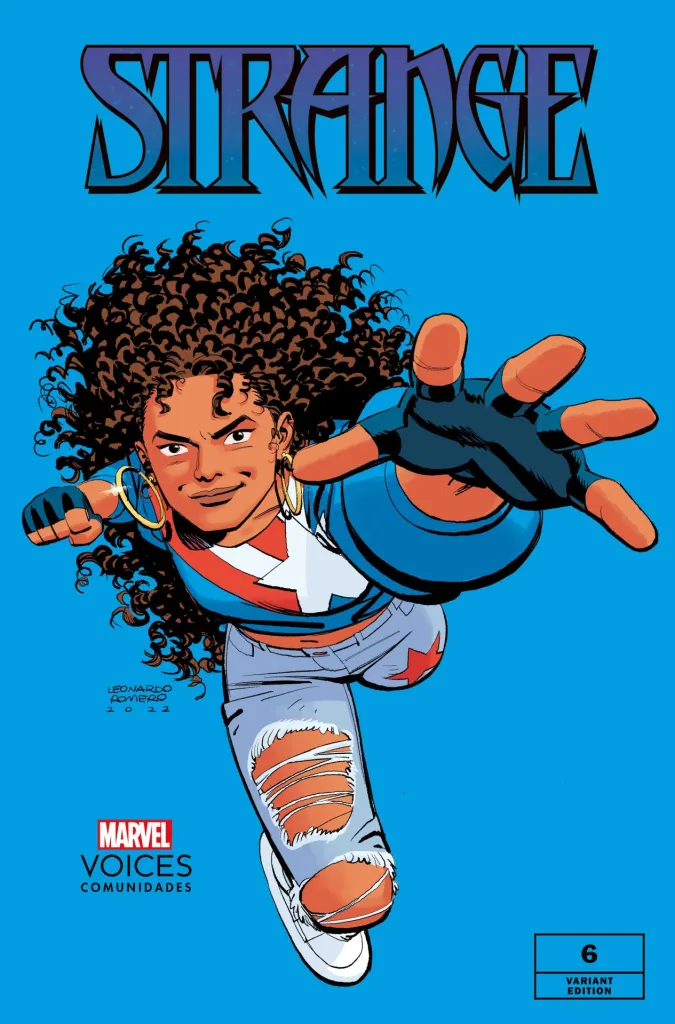


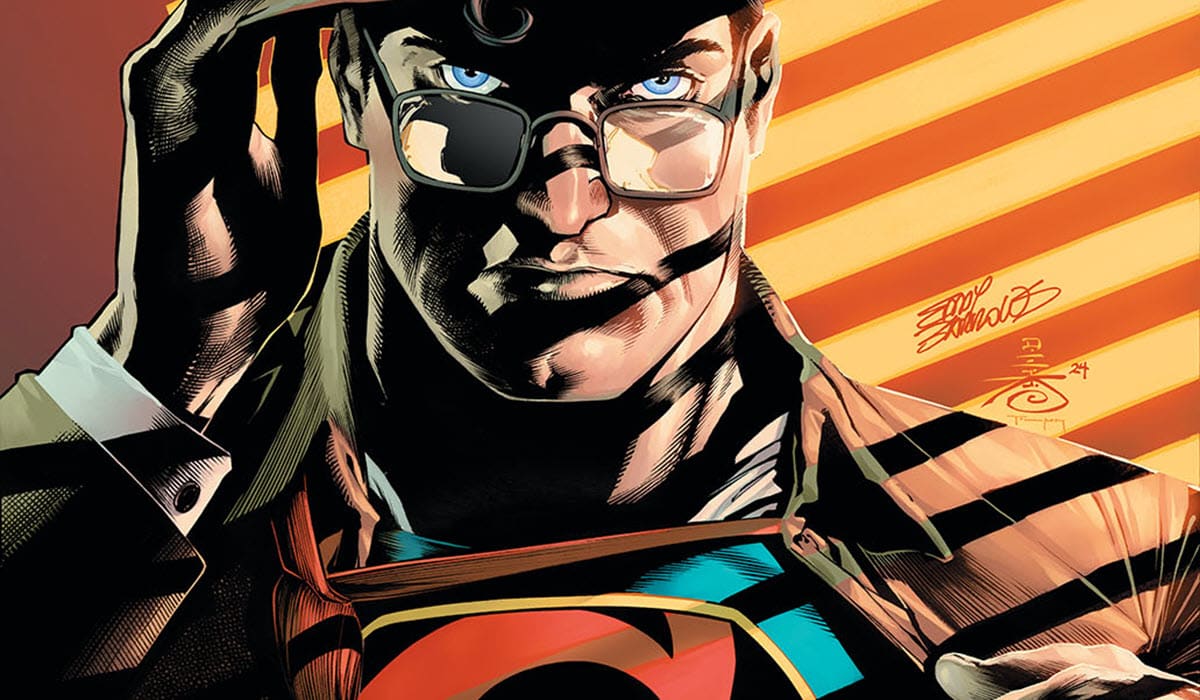



Completely agree with what you’re saying here, but I wonder if DC mandated these cover topics. I’m surprised the individual artists didn’t point out this faux pas. Or did they and they were shut down?
I do have to question from a marketing standpoint why Marvel’s covers don’t pair the diverse characters being highlighted with the characters the books actually star, but that’s been a longstanding issue with Marvel’s character-centric variants in general, not solely this specific variant theme month’s covers.
Its an Ireland flag on the cover not a Mexican flag.
Why is it even necessary to pander in this fashion? The number of Hispanic/Latino artists and writers has greatly expanded over the years, as has the number of Hispanic/Latino characters. Marvel and DC have nothing to prove with this branding.
While this is problematic…the Bane one is hilarious to me.
It looks like he killed a guy in the background and then finished his meal, only to be surprised that the owner is billing him for what I assume was a lot of food AND the damage to his restaurant.
If it wasn’t a part of this collection of covers, it wouldn’t be so bad.
If it wasn’t a cover but instead in the middle or end of a story where he travels in Mexico and stops for a bite to eat and kills a guy who attacks him before continuing to eat, it would fit Bane’s character well.
Why not support a real Latin comic creator. He only has 48 hours to hit his target – https://www.kickstarter.com/projects/hacovo-minis/red-sky-action-comic-book-series-issue-1
Comments are closed.